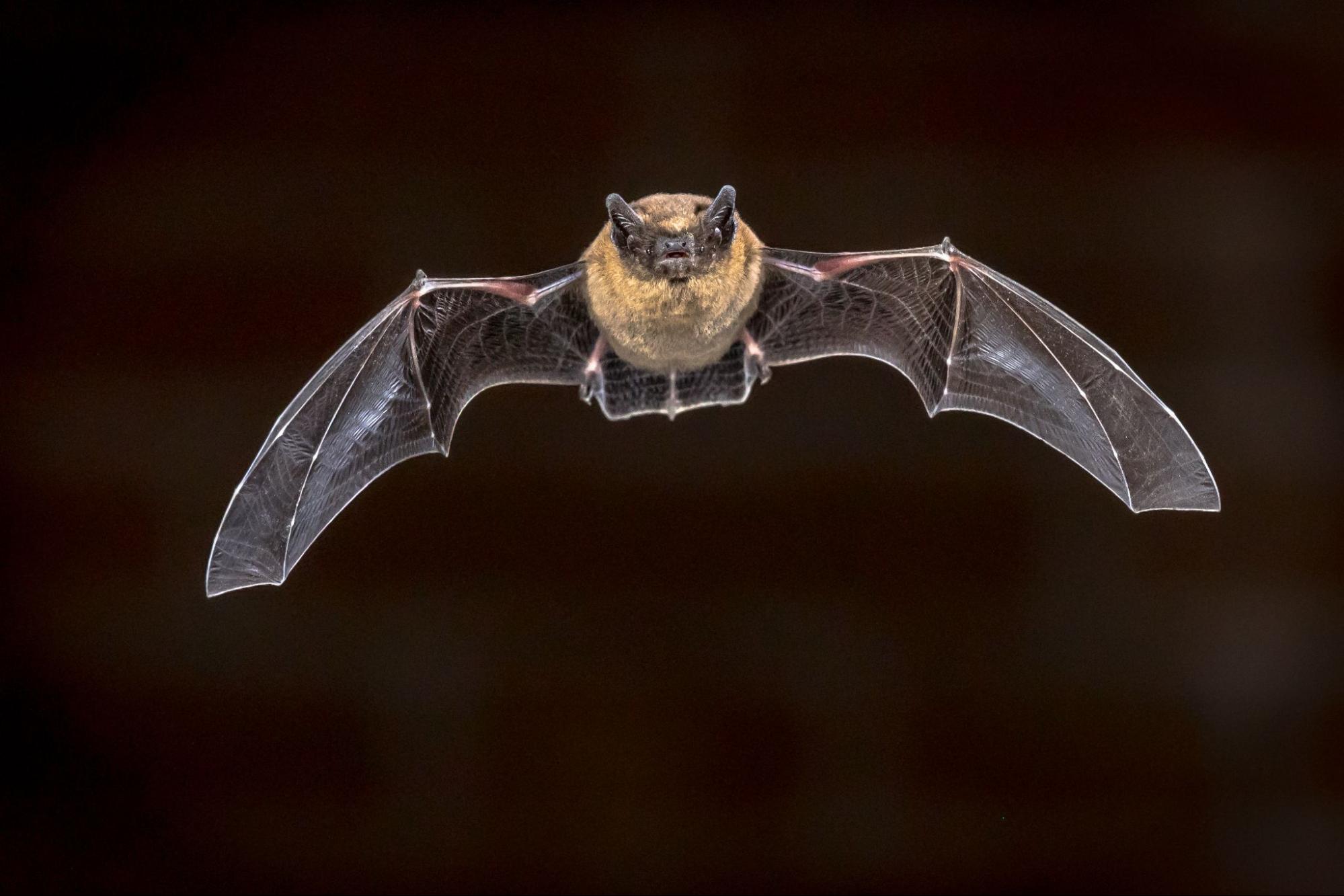Mainland Chinese scientists have discovered a new coronavirus strain, HKU5-COV-2, in bats. This virus uses the same cell-surface protein to enter human cells as the SARS-CoV-2 virus, which causes COVID-19.
The study, published in Cell in February, indicates that while the discovery raises concerns about the potential for HKU5-COV-2 to infect humans, it does not infect human cells as easily as SARS-CoV-2.
The research team included scientists from the Wuhan Institute of Virology, Guangzhou Laboratory, Wuhan University, and other mainland institutions. One of the authors, Shi Zhengli, is the former director of the Emerging Infectious Diseases Research Center at the Wuhan Institute of Virology. In early 2020, Shi published a paper identifying the pathogen behind COVID-19. The Wuhan Institute of Virology, and Shi in particular, faced global scrutiny over concerns that the epidemic might have been triggered by a virus leak from the laboratory.
Invasion of Cells Like COVID-19
Lin Xiaoxu, an American virology expert and former director of a virology laboratory at the U.S. Army Research Institute,
said on the “Health 1+1” program that the new virus belongs to the same coronavirus subgenus Merbecovirus as the Middle East respiratory syndrome virus (MERS-CoV), However, the way
it invades cells is completely different. What is worrying to Lin is that the new virus, like the COVID-19 virus (SARS-CoV-2), uses ACE2 receptors as the main way to invade cells. ACE2 receptors are widely distributed on the cell surface of multiple organs, such as the respiratory tract and intestines, which is one of the reasons why the COVID-19 virus spread rapidly and triggered a pandemic.
In addition, the spike protein of the virus has a Furin enzyme cleavage site, which can foster cell fusion and enhance the infectivity of the virus. This feature has also been found in the COVID-19 virus and allows the virus to enter the host cells much more easily and replicate rapidly.
Origin of New Virus Unknown
The samples of the new virus detected in the study came from bats in many locations in China, but where exactly they come from remains undisclosed. Lin said: “In general, if you discover a new virus, you must make it clear from where it is detected. For example, if it is from a bat, and it comes from Fujian, then maybe people in Fujian are at risk—or if it is found in a cave in Yunnan, then maybe people in Yunnan need to be alerted of their risk. Or was it a man-made species from a recombination effort in the laboratory? That needs to be clarified.”Lin said there is a “leap variation” in the genetic sequence of the new virus and the MERS-CoV virus. He hopes to be able to download the complete genetic sequence for comparison to find out whether the virus has been artificially processed or recombined.
Earlier research by Shi’s team at the Wuhan Institute of Virology involved recombining existing viruses to enhance the virus’s infectivity, which was highly controversial. For example, in 2015, Shi’s team published a paper in Nature Medicine describing their work on recombining bat coronavirus into a virus that can infect human cells and has strong replication capabilities.
Worry About Local Outbreaks
Regarding the research team’s claim that the new virus is not as capable of infecting humans as the COVID-19 virus, Lin said that the threat level of the virus is relative. While the virus may not cause a global outbreak like COVID-19, it could still pose a considerable risk if it breaks out in a local area as MERS-CoV did before.
Recent Progress on Coronavirus Research
Lin mentioned that many articles related to bat coronaviruses have been published since October. These articles were published by multiple research teams, including Shi’s at Wuhan Institute of Virology, Yan Huan’s team at Wuhan University, and research teams from Seattle and other places in the United States. One of the articles published in Cell also mentioned that two new bat coronaviruses were discovered in bats in Russia and the Netherlands, using ACE2 receptors to help invade cells, but the provider of these samples was not clearly identified.
Another article, a collaborative effort between Yan’s team at Wuhan University and Shi’s and others, also published in Nature in October, brought about the concept of “customized coronavirus receptors.” It mentioned the possibility of designing corresponding receptors based on proteins on the surface of the virus, allowing the virus to infect cells that are otherwise incapable of breaking in.
Lin said that “customized receptors” are beneficial to virus research, such as accelerating the development of antibodies or vaccines. However, the risk is equally clear, as it could be used to increase the infectivity of hazardous viruses. For example, a virus that originally could not infect brain cells could be modified by adding a customized receptor to the brain cell line in vitro, allowing the virus to enter and replicate in those cells. After several generations, this process could potentially lead to the emergence of a virus variant adapted to infect brain cells.
Gain-of-Function Studies Add to Dangers
Lin is concerned that the “customized receptor” technology could be used for gain-of-function research on viruses, potentially leading to the development of viruses capable of cross-species infection or enhanced immune evasion.
“There are always some nutty scientists around who like to deal with functionality gain research on hazardous viruses. And how do we know where and when such ‘improved’ virus will leak into the open? There are just too many things that are impossible to prevent.”
Lin said that humans face threats from both nature and themselves. For example, there are disasters caused by floods in nature, but if that was caused by humans creating a questionable dam, once a flood strikes, the disaster caused by a dam failure will be far more serious. Therefore, he expressed concern about the current situation and believed that the next large-scale epidemic may not be far from humankind.


















